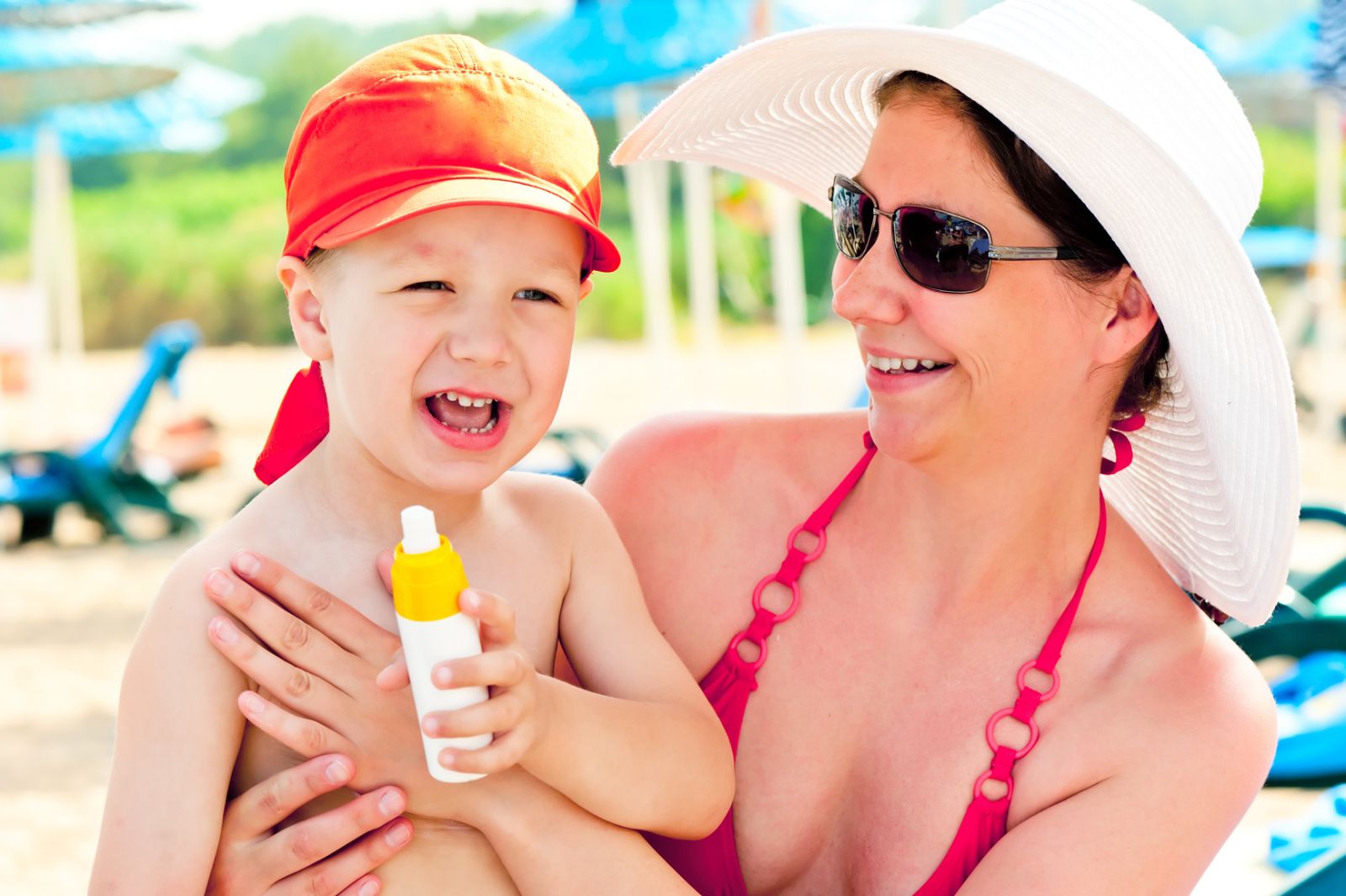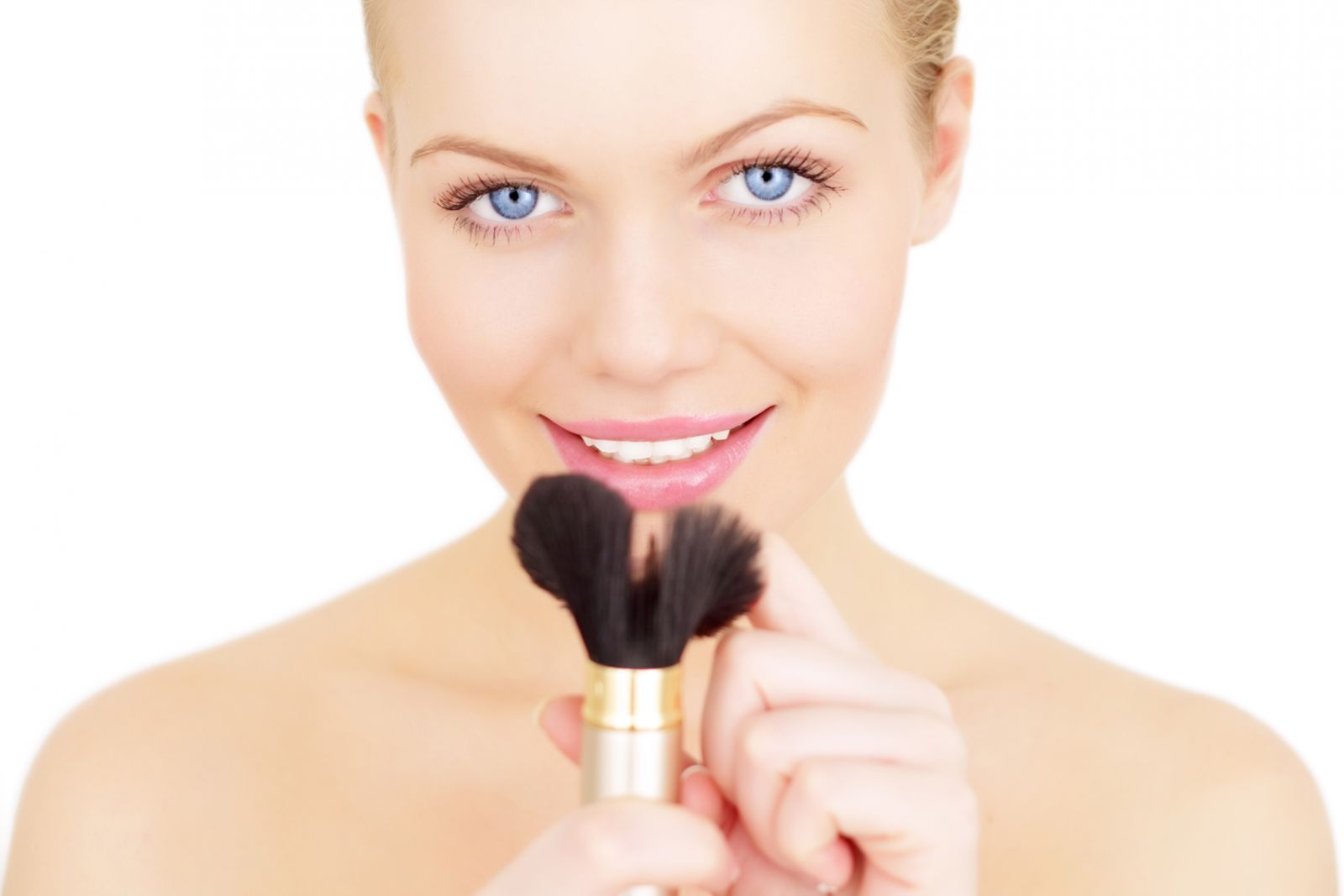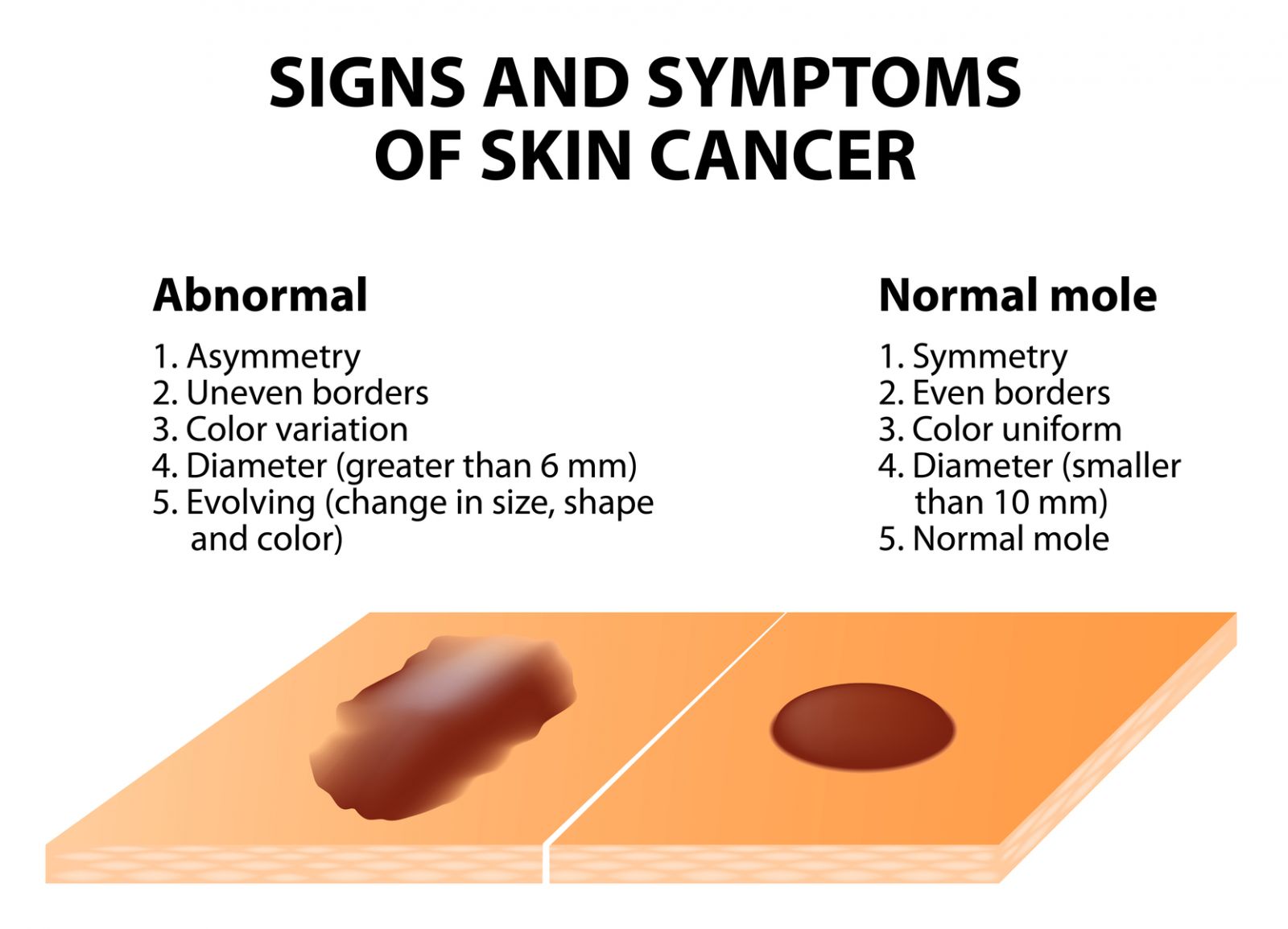Welcome to the DermacenterMD Blog
Posts for: December, 2015
 Adults who use sunscreen daily can drastically reduce their risk of developing melanoma, the deadliest form of skin cancer, according to recent landmark research from Australia. Researchers found that daily application of an SPF 16 sunscreen to the head, neck, arms, and hands reduced melanoma incidence by half in study participants.
Adults who use sunscreen daily can drastically reduce their risk of developing melanoma, the deadliest form of skin cancer, according to recent landmark research from Australia. Researchers found that daily application of an SPF 16 sunscreen to the head, neck, arms, and hands reduced melanoma incidence by half in study participants.
In the Australian study, led by epidemiologist Adele Green, MD, University of Queensland, more than 1,600 white Australian adults between age 25 and 65 were studied for more than a decade. The subjects were divided into two groups, one told to continue using (or not using) sunscreen as they always had, the other given careful instruction in proper daily sunscreen application. The subjects were monitored closely through daily self-reports of sunscreen use, as well as collection and examination of all the sunscreen containers they had used. Only 11 melanomas developed in the daily sunscreen users, vs. 22 in the control group, a 50 percent reduction. In addition, invasive melanomas (tumors that penetrate beyond the skin surface) were reduced by 73 percent (3 tumors vs. 11) and average thickness by more than half a millimeter in the daily sunscreen group.
The trial's findings are the first to provide strong direct evidence for a reduction in the incidence of invasive melanoma after regular application of broad-spectrum sunscreen in adults. The scientists acknowledge that the study was relatively small and needs to be reinforced by further research, but consider their results convincing enough to recommend daily sunscreen application, along with "other standard sun protection measures like avoiding midday sun and use of protective clothing."
From: The Skin Cancer Foundation
Source: www.skincancer.org

Looking for last minute Christmas gifts? Here are a few suggestions for people who love to pamper their skin.
- Clarisonic
The Clarisonic is a handheld facial cleansing brush that helps exfoliate skin and unclog pores. You can remove more makeup and toxins from your skin by using a Clarisonic a few times a week. They come in an array of colors and sets.
The Clarisonic can be purchased as www.clarisonic.com or most major department stores such as Macy’s, Nordstrom, or Dillards.
- Schedule a Facial
Getting a facial is a real luxury. Often in our busy lives we don’t take time to pamper ourselves. Schedule a facial for your loved one to help them take time to relax and improve their skin.
Popular places to schedule a facial are Origins, Message Envy, or your local spa.
- Lip Balm with SPF
Most people have a few lip balms laying around the house, but it is important to have a lip balm that contains SPF. Skin cancer can develop on the delicate skin of lips, so it’s important to protect the skin on your lips from the harmful rays of the sun.
There are a wide variety of lip balms with SPF available at most drug stores and department stores.
- Sunscreen
This may seem like a lame gift, but think about the last time you went to the beach. Where you frantically searching last-minute for the bottle of sunscreen only to find that it's almost empty? Having a brand new bottle of sunscreen ready to go for the summer months can be a major help for people who are conscious about protecting their skin from the sun. It is almost certain that they will be grateful for your thoughtfulness.
Sunscreen can be purchased at most drug stores or department stores. Just be sure to check the label to ensure that the sunscreen you are purchasing contains at least one of the following ingredients: titanium dioxide, zinc oxide, or avobenzone (a.k.a. Mexoryl).
- Sephora Gift Card
If you are doing your last minute shopping and don’t have the time to shop around to decide on a specific gift, just pop in to Sephora and get a gift card. Sephora has many high end skin care lines with every product a skin health conscious person could want. From face wash to anti-aging products and moisturizers, you can never go wrong with a gift card from Sephora.
.jpg)
An article from The Skin Cancer Foundation
Source: www.skincancer.org
Published on January 29, 2014
JAMA Dermatology has released a study, “International Prevalence of Indoor Tanning -- A Systematic Review and Meta-Analysis.”
Key study takeaways at-a-glance:
- The number of skin cancer cases due to tanning is higher than the number of lung cancer cases due to smoking.
- In the US alone, 419,254 cases of skin cancer can be attributed to indoor tanning. Out of this number, 6,199 are melanoma cases.
The Skin Cancer Foundation’s Position:
The study results demonstrate that tanning bed use, particularly among young people, is an alarmingly widespread behavior. In the US, 35% of adults and 55% of college students have tanned, and the study found there are more than 419,000 new skin cancer cases attributable to indoor tanning each year. Worldwide, there are more skin cancer cases due to indoor tanning than there are lung cancer cases due to smoking.
These results are not surprising given what we know about indoor tanning behaviors and society’s flawed view that an artificially tanned look is beautiful. The Foundation continually works to change perceptions about tanning through its public education efforts, including its PSA campaign Go With Your Own Glow, which is designed to encourage women to embrace and protect their natural skin tones.
The Skin Cancer Foundation recommends that people of all ages, genders, and ethnic backgrounds avoid indoor tanning and take precautions in the sun by limiting outdoor time between 10 am and 4 pm, seeking the shade when outdoors, using a broad spectrum SPF 15+ sunscreen (SPF 30+ sunscreen for extended stays outdoors), and wearing protective clothing, including wide-brimmed hats and UV-blocking sunglasses.
This is the first summary of the international prevalence of indoor tanning exposure. 88 records (studies) were included in the meta-analysis, and the results include data from 406,696 participants. Analyses were performed separately for three geographic regions: the United States and Canada, Northern and Western Europe and Australia, as well as for these regions combined.
 An article from the Skin Cancer Foundation.
An article from the Skin Cancer Foundation.
Source: www.skincancer.org
People who have had the nonmelanoma skin cancers (NMSCs) basal and squamous cell carcinoma (BCC and SCC) are approximately twice as likely as other people to develop non-skin cancers, according to a study in the Journal of the National Cancer Institute.
The findings are of particular concern because NMSC is the world's most common malignancy, with over a million cases diagnosed every year in the US alone. Currently, it's estimated that one in five Americans will develop NMSC at some point in their lives. About 90 percent of these cancers are associated with exposure to the sun's harmful ultraviolet (UV) radiation. While NMSCs have very high cure rates when caught early, they should not be taken lightly, as this study shows.
Researchers led by Anthony J. Alberg, PhD, of the Medical University of South Carolina, Charleston, studied demographic and health information from 19,174 patients in the Maryland-based CLUE (Give us a Clue to Cancer and Heart Disease) II study, from 1989 though 2005. Some 769 patients in the study were diagnosed with NMSC, and by the end of 2005, 181 of these patients, or about 23 percent, had developed another form of (non-skin-related, or noncutaneous) cancer. In contrast, only about 12 percent of people (2156 of 18,405) who did not have NMSC were subsequently diagnosed with a noncutaneous cancer. Researchers took variables such as cigarette smoking and skin type (susceptibility to sunburn and blistering) into account. Nonetheless, those with NMSC had about twice the risk of developing noncutaneous cancers as those who did not have NMSC. Researchers also found that the earlier the age at diagnosis of NMSC, the more likely participants were to develop noncutaneous cancers.
The full implications of this research are not yet known, but while nonmelanoma skin cancers are rarely life-threatening, they can be highly disfiguring if not caught early, and it is well known that having a history of NMSC means you are also at increased risk of developing melanoma, the deadliest form of skin cancer, which claims more than 8200 lives a year in the US. If you have had an NMSC, you are at higher risk of developing not only future NMSCs and melanomas, but also other, potentially dangerous cancers. Routine screening for both skin cancers and non-skin cancers is thus advisable.
Archive:
Tags
- dry skin (2)
- moisturizer (1)
- sensitive skin (3)
- PA (2)
- Skincare (2)
- skin cancer (29)
- cancer (6)
- facts (1)
- skin (19)
- dermatology (22)
- skin care (19)
- cosmetic (2)
- wrinkles (1)
- Botox (4)
- Dysport (3)
- sleep (1)
- look good (1)
- daily routine (1)
- healthy lifestyle (1)
- doctor (2)
- patient (1)
- sun protection (5)
- sunscreen (14)
- aging dermatology (1)
- providers (1)
- tanning (2)
- sun (6)
- UVA rays (2)
- UVB rays (2)
- melanoma (10)
- Acne (2)
- Treatment (2)
- sunscren (1)
- sun exposure (5)
- Melanoma Monday (2)
- Skin Cancer Awareness Month (1)
- education (2)
- skin cancer specialist (1)
- basal cell carcinoma (1)
- squamous cell carcinoma (1)
- ingredients (2)
- improve your smile (1)
- cosmetics (1)
- laser (1)
- fillers (2)
- sunburn (3)
- avoid the sun (1)
- hat (1)
- sun clothing (1)
- SPF (1)
- Rosacea (3)
- NP (1)
- Nurse Practitioner (1)
- mid-level provider (1)
- physician (1)
- dermatologist (6)
- cosmetic dermatology (4)
- anti-aging (2)
- youthful looks (1)
- Eczema (2)
- rash (2)
- itch (1)
- the rash that itches (1)
- reduce itch (1)
- itching (1)
- getting along with others (1)
- basal cell (2)
- squamous cell (2)
- detection (1)
- Mohs surgery (2)
- photoaging (1)
- Inspiring (1)
- word of the day (1)
- inspiration (3)
- uplifting (1)
- protection (4)
- lips (1)
- reduce wrinkles (1)
- look younger (1)
- encouragement (1)
- never give up (1)
- you can do it (1)
- medical school (1)
- dreams (1)
- brown spots (1)
- moles (2)
- liver spots (1)
- age spots (1)
- Abe Lincoln (1)
- life lessons (1)
- lip cancer (1)
- health (12)
- motivation (1)
- work (1)
- people (2)
- home life (1)
- lifestyle (1)
- ABCDEs of Melanoma (1)
- mole (1)
- skin check (2)
- skin facts (2)
- odd (1)
- fun (1)
- interesting (1)
- lung cancer (1)
- disease (1)
- Christmas (2)
- gifts (1)
- sun burn (1)
- winter skin tips (1)
- itchy skin (1)
- winter skin (1)
- myths (1)
- myth busted (1)
- skin protection (1)
- sunscreen safety (1)
- specialist (1)
- red skin (1)
- irritation (1)
- feel good (1)
- helping (1)
- help (1)
- helping others (1)
- treatment options (1)
- skin health (9)
- Vitamin D (2)
- tanning beds (1)
- skin health. dermatology (1)
- sunshine (1)
- awareness (1)
- prevention (1)
- sun damage (3)
- connections (1)
- working together (1)
- health care (1)
- biotin (1)
- medical (1)
- aging (1)
- elkhart (1)
- Roger Moore (1)
- check (1)
- skin type (1)
- skin cancer prevention (1)
- gift guide (1)
- Christmas gift guide (1)
- Dr. Roger Moore (1)
- holidays (1)
- family history (1)
